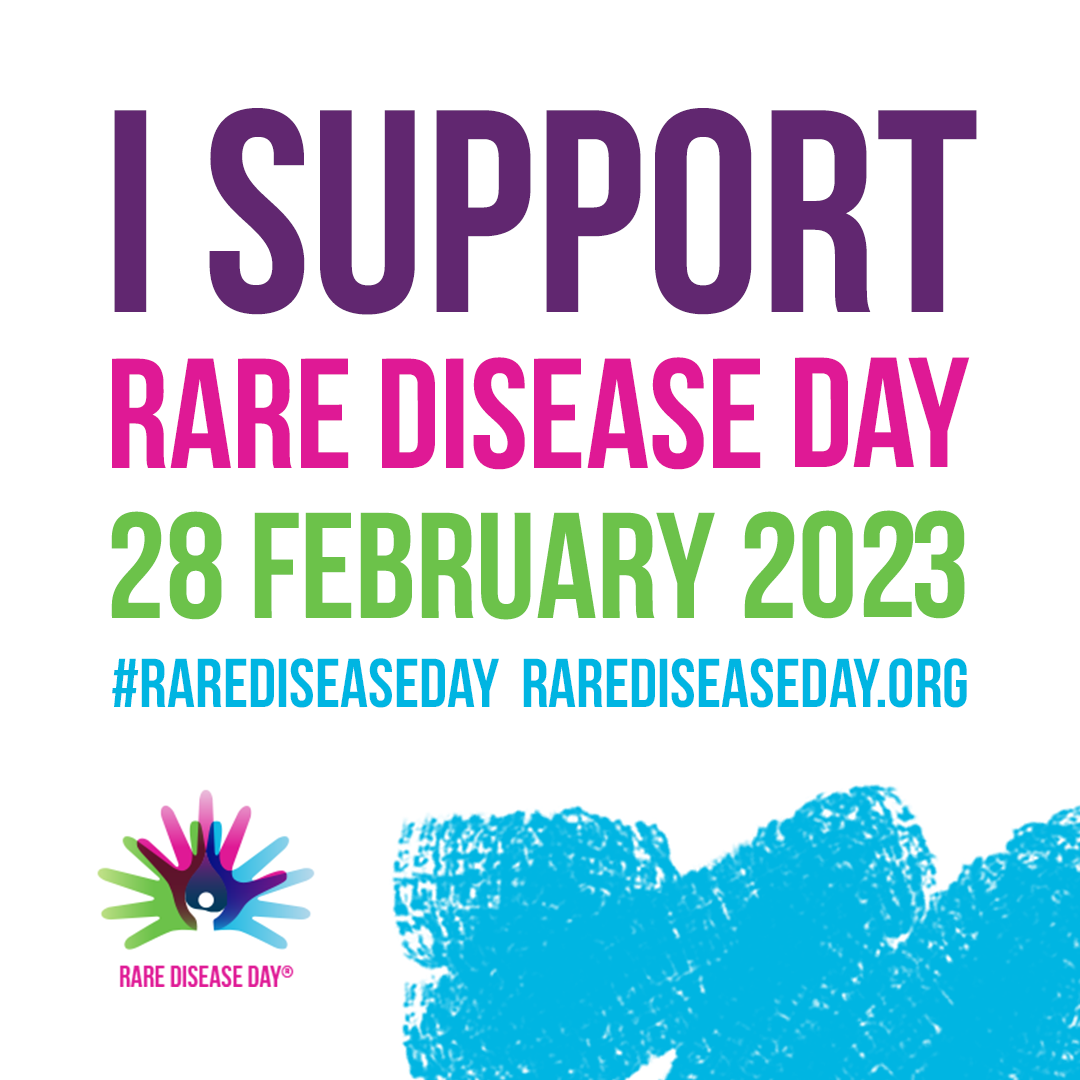
SIXTEEN YEARS RARE AND STILL IN THE PURPLE
By Anthony Heard
After 16 years of living with the rare auto immune condition ITP (Immune Thrombocytopenia) I can reflect upon many incidents during that time. It has certainly been eventful, to say the least. I have jumped more fences than Red Rum and dived through more hoops than a circus performer.
It started in 2005 when I began getting random purple bruises on my arms, legs and torso. These bruises would appear without warning and often overnight I would develop them mysteriously. Some were the size of a coin and others as big as the lid of a jam jar.
I was also suffering from acute fatigue. It was beyond exhaustion. The combination of random bruises and chronic tiredness, eventually led me to report to my doctor for a check up in July 2006.
Following that meeting, a fretful dash to my local accident and emergency unit and many blood tests, it was discovered that my platelet count was a measly 4000. It took about 7 hours to diagnose my ITP, an illness that only about 5000 people suffer from in the UK at any one time.
Since then I have been on something of an ITP roller coaster, having many different treatments and suffering many wretched side effects whilst having some successes and a few failures. It hasn’t been a picnic by any means. I have been through the Prednisolone ringer six times, Rituximab twice and a horrible week or so with Azathioprine (I could not tolerate it all ).
I was fortunate to respond well to Prednisolone and Rituximab. With the steroid, I obtained about 6 months remission every time that I went on it and with Rituximab, I got about 2 years 8 months remission both times that I had it, in 2010 and 2013. But in February 2016, I relapsed again.
At that point my specialist suggested that we try Mycophenolate Mofetil (MMF). He was reluctant for me to undergo a third round of Rituximab as the long-term damage it might do to my immune system was not worth risking. More stints with Prednisolone were also ruled out because of the problems that it caused when I had used it before.
MMF like Prednisolone, Rituximab and Azathioprine is an immune suppressing drug which raises the platelet count by slowing the destruction of platelets. It has the added benefit in most cases, of fewer nasty side effects.
Since February 2016 on MMF my platelets have settled at normal levels with the odd blip . I could not be more delighted.
Some ITP sufferers have had equally positive responses from MMF but as ever like with all treatments, responses vary. One important thing about MMF, is that like all immune suppressing drugs it reduces our ability to fight off infections, viruses like Covid-19, bugs, colds, flu’s etc. So, we are more vulnerable. It’s complicated.
Like any treatment, it is a matter of measuring risk versus reward. We have to weigh up the side effects, potential problems (short and long term) against keeping our platelet levels as high as possible at consistent levels.
I always remain positive about my debilitating condition but there is never any room for complacency and I take nothing for granted.
In terms of the overall co-ordination of my care, I am sure that my experiences will be echoed across the rare disease community. As ITP is just so rare I have found myself spending so much of my time explaining my condition to so many people, including healthcare professionals, GP’s, nurses, dentists and other practitioners. ITP is just not really known or understood by anyone who is not a specialist haematologist so it makes for a really frustrating and tiresome ordeal talking about it with anyone else.
So, it is incumbent on all of us who are able, to tell our stories to spread awareness for our rare illness. Information and education is so important.
This is what drives me to take part every year in the Rare Disease Day campaign and to do voluntary work for the ITP Support Association where I set up and continue updating all of their social media platforms. I am now on the Board of Trustees as a Patient Observer and also contribute a quarterly article to their Platelet magazine
For those who wish to follow my ITP story, please check out my ITP blog at
https://anthonypaulh.tumblr.com
